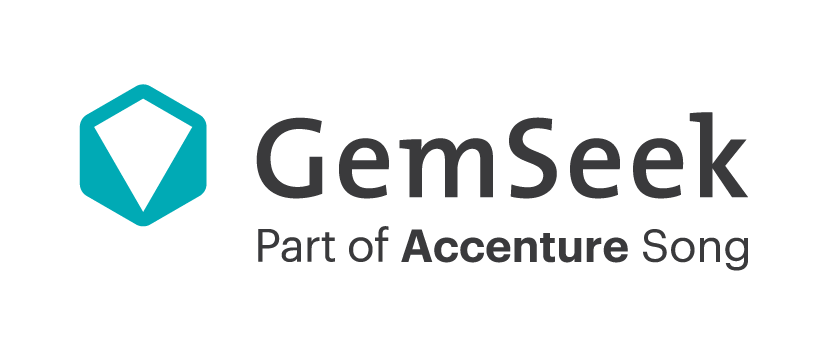In the competitive world of healthcare, creating top-notch customer experiences is more than just being innovative. It requires a mix of knowledge, insights, and careful planning. In this article, we have gathered common questions our clients have when setting up or upgrading their customer experience/Voice of the Customer programs and some of our top experts share their best tips on how to handle the specifics and get the most value out of those programs.
Quantitative surveys supplements
How do quantitative surveys sometimes fail to fully capture the intricacies of customer insights? What strategies can companies employ to expand their understanding through supplementary methods?
Quantitative surveys often fail to provide a comprehensive understanding due to inherent limitations such as shallow depth, rigid response options, and potential misinterpretation. This shortfall is particularly notable in B2B MedTech sectors, where engaging high-level executives can be cost-prohibitive.
Оur experts’ secret ingredient: To address these shortcomings, companies often supplement surveys with qualitative methodologies. For instance, when working with leading companies such as GE Healthcare, Philips, Roche and Omron we discovered that in-depth interviews with healthcare clients, on-site observations, automated transactional feedback systems like Medallia for real-time insights and social media monitoring, are particularly effective.
In our work we have discovered that supplementing quantitative data with in-depth interviews, onsite observations, social media conversations are particularly effective for providing a fuller picture of customer needs.
Boyan Manov, Senior Healthcare CX & Insights Consultant
Human factor impact in CX
How does the “human factor” impact the success of implementing CX technologies and processes in a business? Why is it crucial to have buy-in from everyone in the organisation?
Relying solely on technology for CX isn’t a remedy; it’s essential for decision-makers and leaders to strategise the adoption of suitable technologies and approaches. Insights and professional services teams must then focus on execution, implementing diverse technologies and processes effectively. Comprehensive training across the organisation, along with dedicated CX advocates and cross-team collaboration, are vital for successful initiative support and feedback implementation.

Pss…another hint: Given that CX revolves around people, the effective implementation of any CX strategy hinges on their involvement. Obtaining buy-in is critical for securing funding, overcoming resistance to change, and ensuring full utilisation of feedback.
Obtaining buy-in and energising people across all functions in the organisation is crucial to overcoming resistance to adoption of CX technologies and more importantly – ensuring the feedback is utilised in a meaningful and impactful way.
Ivan Stoyanov, Commercial Director Healthcare
Bring your teams together
Can you provide an example of how bringing together different departments (finance, IT, and operations), significantly improved customer engagement?
A client of ours in lab diagnostics faced challenges in obtaining timely updates about their accounts, spanning operational, financial, and relational aspects, crucial for supporting sales representatives in their interactions. Our solution involved integrating experience data with operational data stored in the CRM system, along with sentiment analysis of transactional and relational data. This integration would enable sales reps to access a comprehensive view of their accounts before meetings, receive alerts for unhappy clients, and address account issues proactively, thus enhancing client retention and growth strategies.
Immediate customer feedback VS long-term differentiation
How do companies balance between focusing on immediate customer feedback and long-
term market differentiation, especially when the two might seem at odds?
Balancing long-term competitive benchmarking with short-term tools like Medallia can be tough. Leaders must pick and plan wisely between them. Delivering innovation and value to customers requires carefully selected ingredients mixed in just the right proportions. It’s crucial to weigh the immediate gains against the long-term benefits for account growth and overall business strategy.
Our expert tip: Utilise immediate customer feedback by implementing a well-crafted close-the-loop process that focuses on the immediate needs on client level. Dive deep into aggregated data a few times per year to uncover developing trends and implement longer term changes to products, services or business process.
The industry standard in Close-the-loop usually involves calling back Detractors in 72 hours after survey completion by a senior member of the team to have an open conversation and identify the root cause of the problem. The work mustn't stop with just solving the individual customer’s issue. Do quarterly market deep-dives to understand and act on common issues for customer groups.
Mehmed Ramadan, Senior Healthcare CX & Insights Consultant

The role of AI in data analysis
What role does AI play in data analysis and how can it help B2B organisations make more informed decisions?
Artificial Intelligence (AI) is a game-changer for MedTech and B2B companies, making data analysis faster and more accurate. It’s especially good at predicting trends, which helps businesses save money and make smarter decisions. AI isn’t just about analyzing data; it’s also changing how companies get and use customer feedback. This means they can skip traditional market research, saving time and resources.
We’ve embraced AI in our operations, creating a tool that does everything from simple tasks to complex data analysis. In healthcare, AI helps create personalised care plans and gives financial advice, improving patient care and operational efficiency. For any company in this space, getting good at using AI is key to staying ahead in today’s competitive market.
Get your organisation AI ready
How do you get your organisation prepared for AI?
In applying customer-centric principles to AI adoption, there’s a report which identifies four key factors to take into consideration: Sensing, Significance, Simplification, and Scale.
- Sensing involves acknowledging the individuality of customers and AI’s role in discovering insights.
- Significance focuses on delivering relevant experiences in real-time.
- Simplification streamlines internal processes and customer interactions, like using AI to analyze feedback for prepared solutions.
- Scale involves leveraging AI to adapt and grow.
The benefits are clear: increased efficiency and deeper insights, leading to more actionable solutions for our clients.



